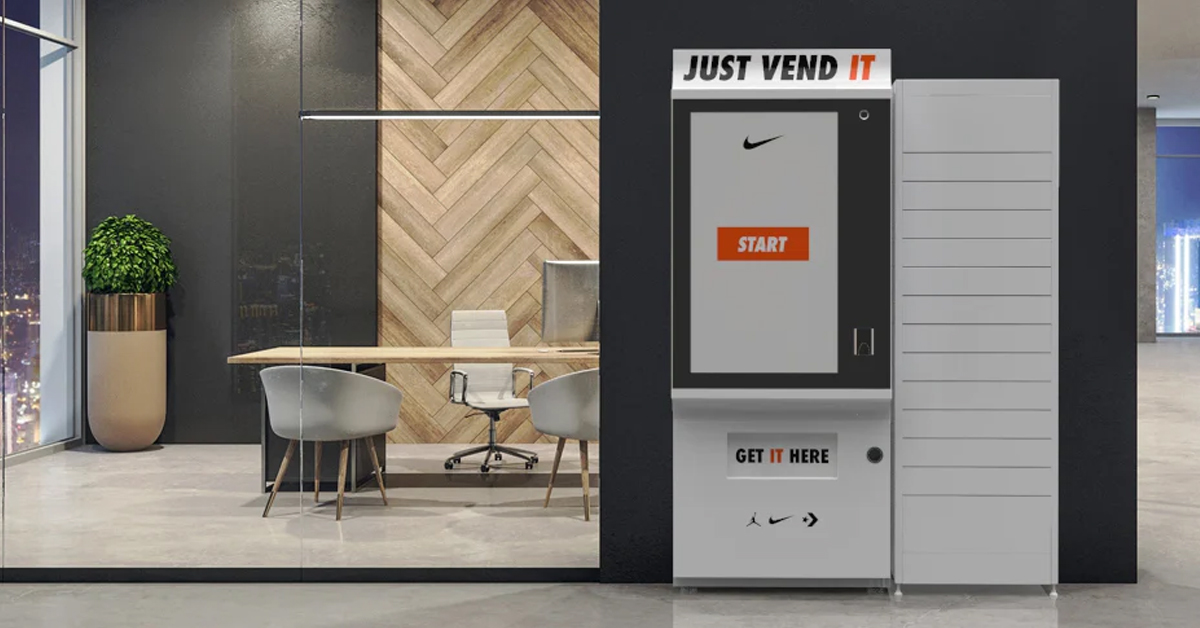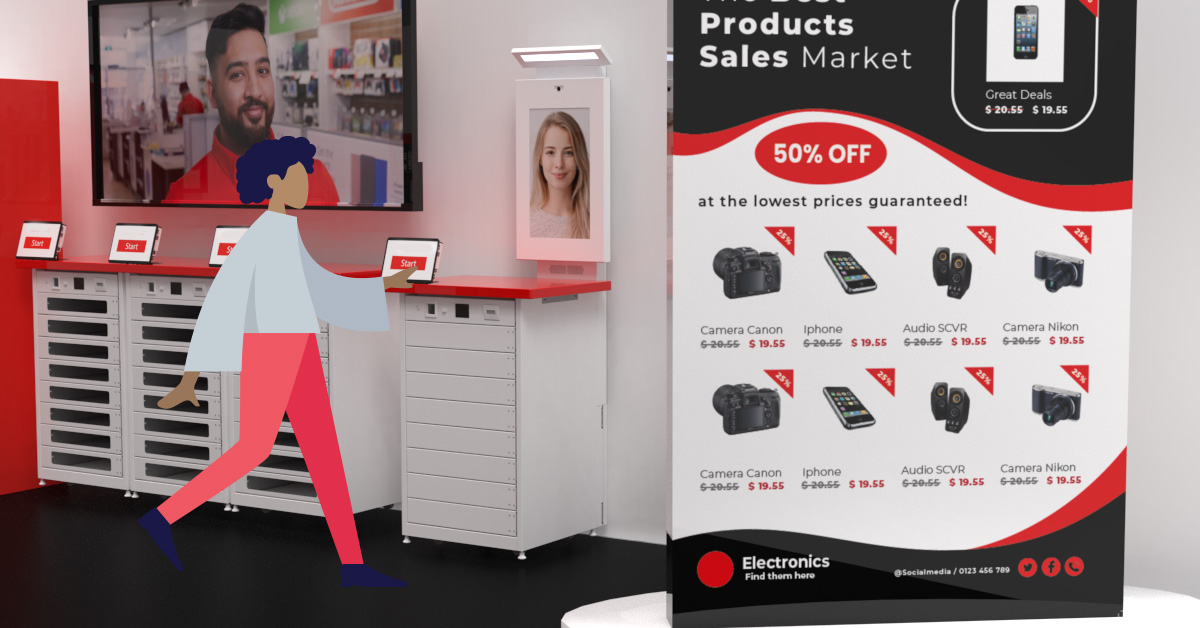It's 9:30 a.m. on Gregg's first day at your company. His manager brings him to the tech café and provides an overview of how your organization manages IT assets.
Starting a new job can be both exciting and overwhelming for new employees. While certain factors may be beyond anyone's control – such as the monotony of mandatory training videos – your organization's IT department can guarantee a smooth and effortless process for acquiring the necessary tech assets.
Now, thanks to the IT asset management (ITAM) revolution, organizations are using automated smart lockers to transform the onboarding experience for employees. Investing in automated smart lockers can revolutionize your organization’s onboarding process, making it smoother and more efficient for employees — ensuring that they’re supplied with the tools they need so they can be productive right from the start. Here’s how:
How ITAM helps you streamline the onboarding process
In a traditional organization, assigning IT assets might involve numerous manual processes, including paperwork, communication with various people and departments, and physically distributing devices. This manual approach could result in delays, miscommunication and even loss or damage to assets.
Automated smart lockers digitize and automate the entire asset management process, so you can offer a far superior experience to new hires once your organization has invested in the hardware and developed easier new processes.
Take Gregg, for example. With the help of his manager, he’s able to submit his request for a laptop, smartphone, and other necessary peripherals through your company’s deskside IT service portal. The requests are then automatically routed to the IT department for approval.
(Note that SignifiVISION, the proprietary, cloud-based software that runs Signifi’s automated, self-serve IT asset management platforms, integrates well with ServiceNow, Hybris and BMC Remedy, among other popular IT management software options.)
The automated workflow ensures that requests are promptly reviewed, reducing the chances of delays. Notifications and reminders can be sent to both the employee and the relevant approvers, keeping everyone informed about the status of the request. Once approved, the locker system generates a unique access code or RFID for Gregg so he can collect his assets.
Minutes after making their request, Gregg and his manager retrieve his new laptop, smart phone and accessories from a Smart Locker using an automatically generated code. There’s no need for them to wait, and no need for a busy IT employee to physically carry the items.
How smart lockers and ITAM enable hybrid and remote working
While many employees are back in offices as of 2023, remote and hybrid work are here to stay for many people, as we’ve noted before.
This creates new challenges for IT departments — for example, how can they securely deliver a laptop to a new employee who works from home? Smart lockers provide the solution.
Here’s how they simplify the onboarding process for new employees who only expected to be in the office occasionally: Imagine an employee who’s only needed in the office about once a week, and doesn’t expect to show up there on her first day. In her case, the IT department can set up her equipment and leave it secured in a smart locker, where it’ll be ready for her to pick up at her convenience — perhaps just before her official first day.
The point is, your IT department won’t need to worry about co-ordinating a time with the new employee to pass over the assets. She’ll be ready to start working whenever she’s ready.
How automated ITAM creates a win for your IT department, too
IT asset management doesn't end with asset collection. Automated smart lockers continue to play a crucial role in tracking and managing the assets throughout their lifecycle . Each asset can be tagged with a unique identifier, such as a barcode or RFID tag, enabling real-time tracking within the locker system.
This tracking capability ensures visibility and control over the assets. IT departments can monitor asset usage, detect any missing or misplaced items, and plan for replacements or upgrades as needed. Additionally, the system can send automated notifications for asset maintenance or renewal, ensuring that assets remain in good condition.
Smart lockers for ITAM equals a better employee experience
Let’s get back to Gregg, who’s enjoying how an automated smart locker system for IT asset management is improving his first-day employee experience. He’s sitting at his new desk, logged in to his laptop. He’s impressed with how his new employer has demonstrated its commitment to a seamless onboarding process. It’s a proactive approach that boosts employee morale, engagement, and productivity right from the starting line.
Moreover, the convenience and self-service nature of automated smart lockers empowers employees, giving them control over their IT assets. They no longer need to rely on others or wait for assistance, allowing them to quickly set up their workstations and focus on their core responsibilities.
More and more, we at Signifi are seeing how smart locker-based ITAM systems are becoming essential tools for the modern workplace. They ensure that employees are equipped with the necessary IT assets on their first day, fostering a positive and productive work environment.
We can’t prevent Gregg from being assigned a desk next to a loud talker, or one with easy access to the break room. But we can at least make sure he’s getting productively settled in by lunchtime on Day One.

.png)

